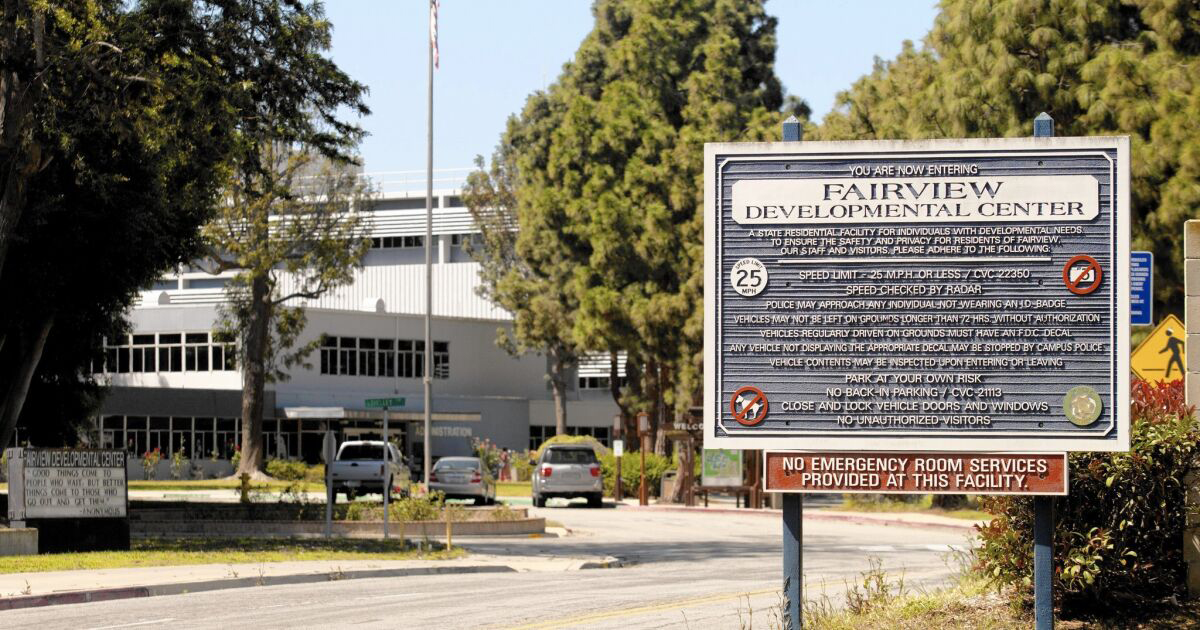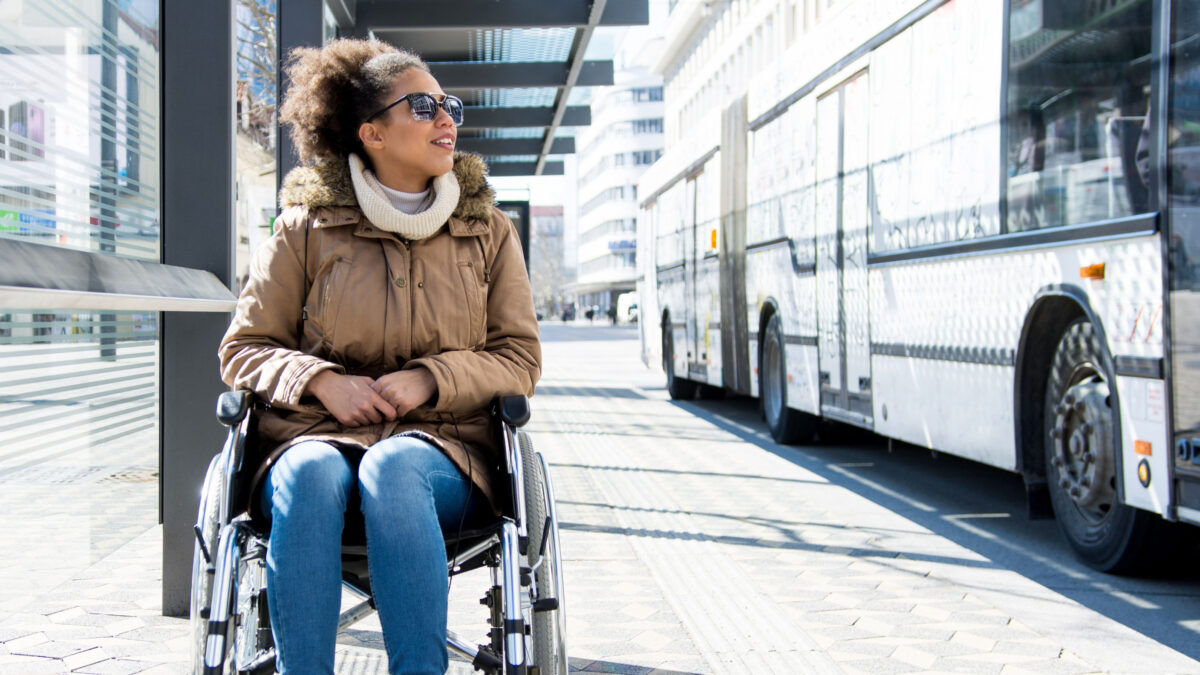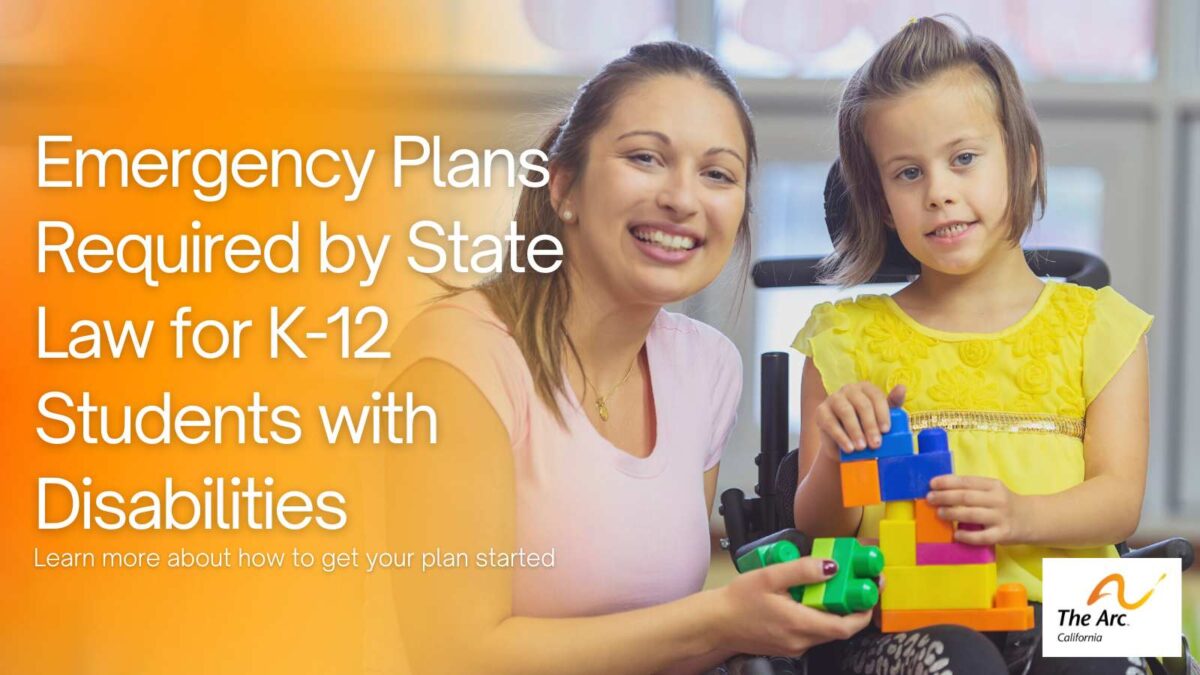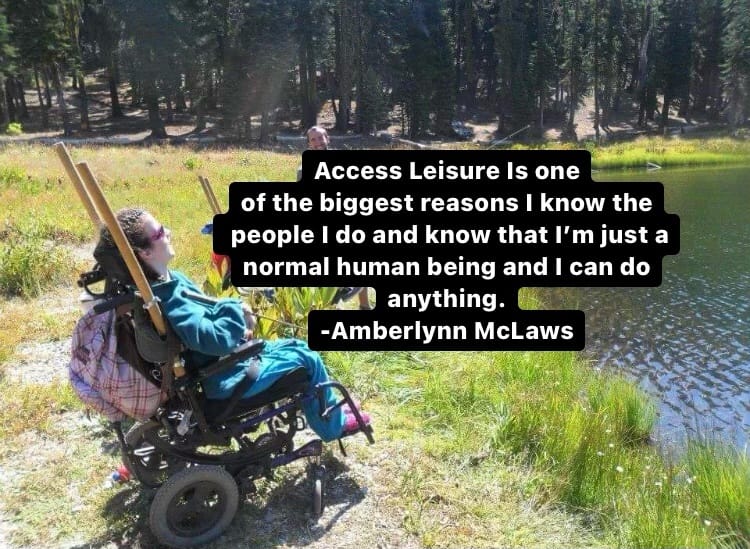By Jim Frazier, Public Policy Director, The Arc / UCP California Collaboration
New transportation service delivery models coming out of the pandemic will need to be developed to address the paratransit crisis and expand access for people with disabilities. In response, the Federal Transit Administration (FTA) Section 5310 Program is providing grant-funded financial assistance for California transportation services planned, designed, and carried out to meet the special needs of seniors and individuals with disabilities when public transportation is insufficient, inappropriate, or unavailable. The grant application deadline is Wednesday, August 30. Click HERE to learn more and apply.
Transportation issues for Californians with developmental disabilities can include limited access to transportation options, difficulty navigating public transportation systems, and lack of specialized transportation services. These issues, exasperated by the COVID-19 pandemic, can significantly impact the independence and quality of life of individuals with disabilities. However, there are several solutions that can help address these challenges, including:
1. Increase accessibility of public transportation: Public transportation systems should be made more accessible for individuals with disabilities by ensuring that buses, trains, and stations are equipped with ramps, elevators, and other accommodations for people with mobility challenges. Clear signage and announcements can also help individuals with disabilities navigate the system more easily.
2. Provide specialized transportation services: Establishing specialized transportation services specifically designed for individuals with disabilities can greatly improve their mobility. These services can include door-to-door transportation, flexible scheduling, and trained staff who can provide assistance and support during the journey.
3. Collaborate with community organizations: Collaborating with local community organizations that serve individuals with disabilities can help identify transportation needs and develop solutions. These organizations can provide valuable insights and resources to improve transportation options for disability population.
4. Implement training programs: Training programs can be developed to educate individuals with disabilities on how to use public transportation systems effectively and safely. These programs can cover topics such as reading bus schedules, understanding fare systems, and practicing appropriate behavior while using public transportation.
5. Foster partnerships with ridesharing companies: Partnering with ridesharing companies like Uber or Lyft can provide an additional transportation option for individuals with disabilties. These services can offer more flexibility and convenience, allowing individuals to schedule rides on-demand and travel to their desired destinations.
6. Advocate for policy changes: Advocacy efforts can be made to influence policymakers and transportation authorities to prioritize the transportation needs of individuals with disabilities. This can involve advocating for increased funding for accessible transportation services, policy changes to improve accessibility, and the inclusion of individuals with disabilities in transportation planning processes.
By implementing these solutions, transportation issues for the disability population can be addressed, enabling individuals to access necessary services, participate in community activities, and enhance their overall independence and quality of life. The Arc of Calif will be working on these issues in the up coming year.
If you are interested in this topic, and would like to share your story of either current challenges or successes with paratransit post-pandemic, please email [email protected]. Your stories can help our legislators understand the real human impact of accessible transportation services.






